{[[' ']]}
']]}
 ']]}
']]}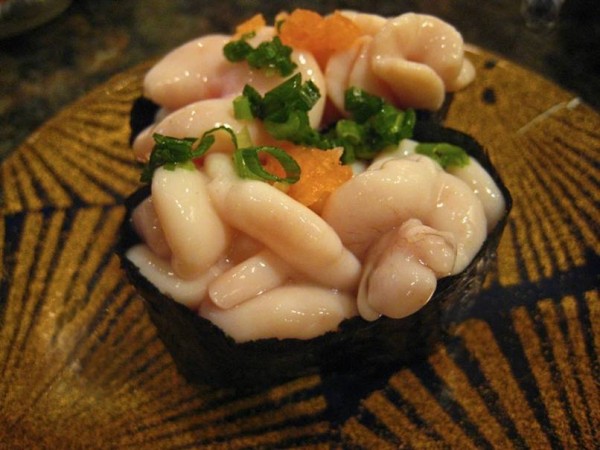
1. Shirako, Japan
Considering the popularity of caviar—not just in Japan, but worldwide—it’s not outlandish to imagine eating the male counterpart to fish roe. That is, milt—the sperm-filled reproductive glands of male fish (usually cod, anglerfish, or puffer fish). In Japan, it’s called shirako, which translates to “white children.” At best, when cooked, shirako has a creamy, custardesque texture. At worst, it’s an unctuous gooey blob served raw—and eaten proudly by only the most, er, seminal of Japanese diners.Though many of these culinary ambassadors may seem bizarre to us, they’re often delicacies in their homelands. It’s not always our fault that we find them strange. Ethnic specialties are often made more palatable as they travel overseas. We may think we know everything about a country’s cuisine, but our domestic versions may barely resemble the originals.
2. Lutefisk, Norway
This traditional Norwegian dish is made from air-dried or salted whitefish and lye, the corrosive alkaline used in oven cleaners and drain openers. The trick to making a decent lutefisk is to incubate the fish in the lye solution for just the right amount of time that the fish fats don’t turn into soap. It’s ready when it has a jelly-like consistency—and smells awful. In 2008, more than 3,000 tons of lutefisk were snatched from Norwegian shelves.
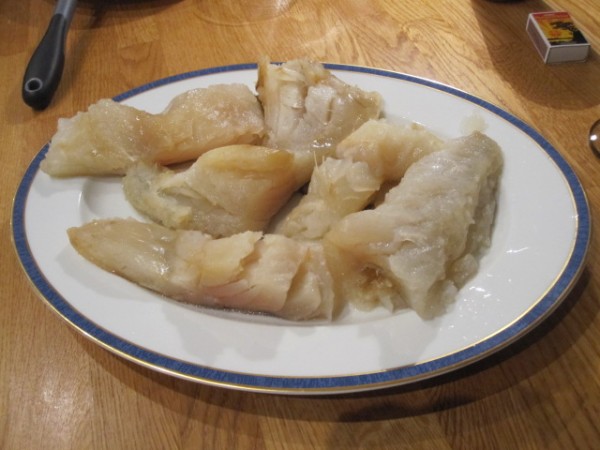
3. Kenke, Ghana
It may sound innocent enough—fermented, partially cooked cornmeal—but kenke is one of the planet’s most pungent foods. Ground corn is soaked in water, then allowed to ferment for three days. The kernels are then partially cooked, wrapped in banana leaves, and steamed until they reach the consistency of warm, mushy polenta. Kenke is usually served with a stew of crushed tomatoes and pepper.
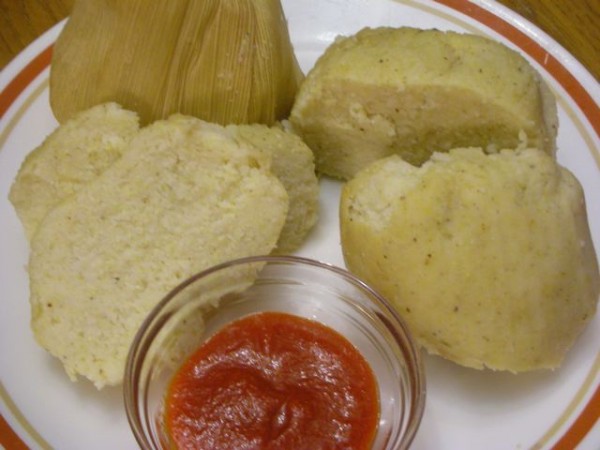
4. Airag, Mongolia
Mongolia without airag would be like America without Budweiser. Both are mild, slightly acidic alcoholic beverages—but airag is made from fermented mare’s milk. During production, lactobacilli bacteria acidify the milk, and yeasts turn it into a carbonated and moderately alcoholic drink. To get the right consistency, the mix is stirred no less than one thousand times every day. The final product is around 18 proof—stronger than beer but weaker than wine.

5. Trung Vit Lon, Vietnam
Need an aphrodisiac? Try eating a fertilized duck egg with a nearly developed embryo inside. The age of the egg is a matter of regional preference. Northerners often prefer theirs mature, when the chick is old enough to have a beak and claws. Trứng vịt lộn is boiled and eaten in the shell; the broth surrounding the embryo is sipped from the egg before the shell is peeled. Inside, the unborn chick’s bones are firm but tender.

6. Capybara, Brazil
While cooks in Peru and Ecuador are busy serving guinea pig—the meekest of all rodents, known locally as cuy—some Brazilians grill up their larger, meaner cousins, known locally as capivaras. Adult capybaras can grow to four feet in length and weigh 140 pounds. The meat is usually marinated with crushed garlic, onions, pepper, bay leaf, and vinegar for five hours, and served up as a sort of casserole. Capybara was more popular centuries ago, in part because of the Catholic Church’s directive to skip meat on Friday. When European missionaries first encountered the capybara, they classified it as a fish.

7. Black Pudding, England
Black pudding isn’t pudding at all, but a type of sausage made by combining blood with a filler and cooking until it will congeal when cooled. Fillers run the gamut from meat and fat to oatmeal and bread. Traditional British breakfasters indulge their vampiric tendencies with a few slices alongside baked beans, tomatoes, mushrooms, and eggs. They call it a fry-up—and while it’s guaranteed to inflate your cholesterol levels, it does cover many nutritional bases.
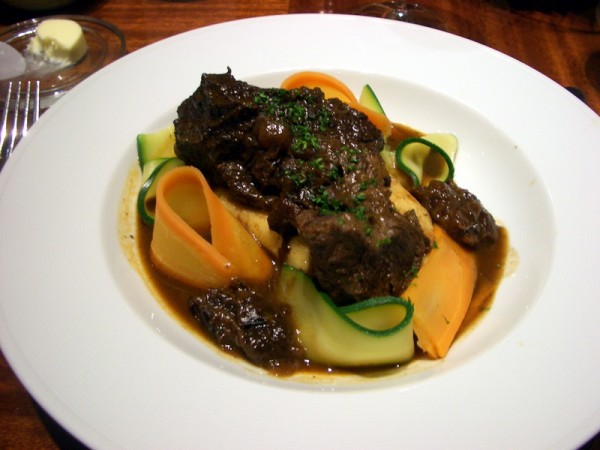
8. Boshintang, North and South Korea
Like it or not, in some places man’s best friend is man’s best-tasting friend. On the Korean peninsula, the most common dish involving dog meat is boshintang—a soup featuring meat from the noranke (“yellow dog”), which are raised specifically for human consumption. The meat is boiled with green onion, dropwort, perilla leaves, and perilla seed powder. Despite pressure from international animal rights groups, it’s still reportedly served at more than 6,000 restaurants in South Korea. Figures aren’t available for the north.
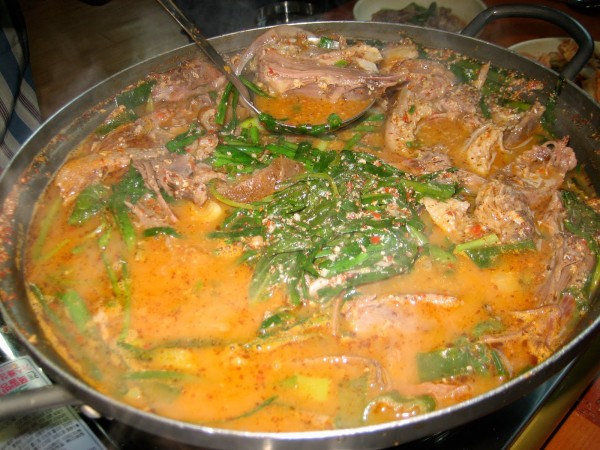
9. Muktuk, Greenland
Since roughly the last ice age, Greenland’s Inuits have been harpooning 3,500-pound whales from kayaks in the open ocean. During the brief summer they also hunt narwhals (the so-called “unicorns of the sea,” thanks to their long spiraled tusks). The dish made from the blubber and raw skin is called muktuk—and it’s considered a delicacy. The textured layers consist of the rubbery, hazelnut-flavored skin, the chewy white fat, and in between the two a thin, corklike protective layer (the hardest part to bite through).

10. Tacos de Sesos, Mexico
In a sly inversion of the old adage “The brain is a terrible thing to waste,” Mexicans are proud to serve up tacos de sesos. That’s cow brains—and, strictly speaking, they’re not unhealthy. But gray matter is very high in cholesterol—and according to the medical textbooks, bovine spongiform encephalopathy (a.k.a. mad cow disease) has an incubation period of up to 50 years. Brave this national dish at your own risk.
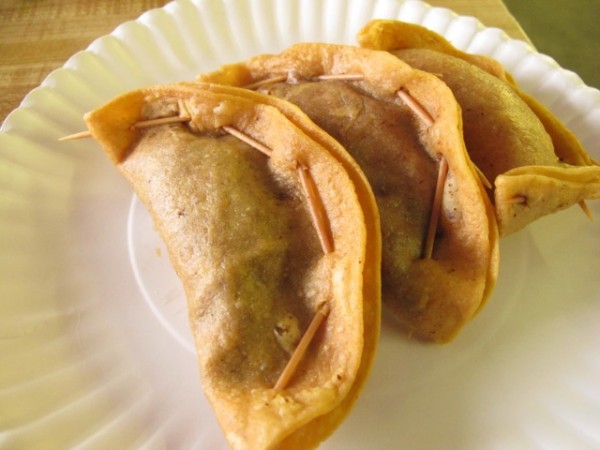
Post a Comment